(Author’s note – this post is not about party affiliation, but instead about our educational climate. I am an educational leader who respects and holds dear the concept of democracy and political freedom.)
As an educator, there have been a handful of times in my career where I have had to dig deep and ask myself how I would discuss challenging, controversial, difficult, and historic events to my students. There is no handbook written for these instances. These events were not covered in our methodology classes during our professional preparation. They happen and we respond. This historic election is another one of those moments.
How can I explain to a student that calling a female classmate a “big, fat pig” is inappropriate, hurtful, and indecent when the next leader of our United States unapologetically is on tape as having done so? How can we as educators address topics such as sexual assault when the President-elect has made comments on tape that many believe encourage or accept such actions? How do we promote the respect, inclusion, and equal rights of our students with disabilities when the President-elect openly mocked a reporter with a disability? How do we explain to our students in the LGBTQ community that their rights matter and will be maintained when the President-elect pledges to support anti-LGBTQ legislation? How do I look in the eyes of my students of varying ethnicities, including the many undocumented students I have served, and assure them that they are valued and should look forward to their future? How do we address fears of deportation?
These are the questions that all educators, parents, coaches, and mentors of our youth must be prepared to address after the actions (and perhaps inactions) of our nation on Election Day 2016.
As educators, we cannot tell people how to vote or what values or politics to believe in. We educate; we do not indoctrinate. Our own social studies department and our school as a whole have done a phenomenal job of educating our students about this election without exposing biases or presenting any sort of favoritism. This was no easy task given the juxtaposing realities we have encountered as educators of valuing and embracing all people while the political backdrop seemed to promote the devaluing of some people. Instead, our teachers focused on the facts, the process, and the policies and allowed our students to think for themselves. Even today, as I visited all of our social studies classrooms post-election, their discussions were guided by impartiality and fairness and I am proud of them for that.
Our task as educators is monumental. There has never been a more important time for character education, an emphasis on social-emotional learning, and equity.
What we can do and what we must do is promote equity. This umbrella of equity envelopes gender, ethnicity, sexual identity, religion, disability, and human rights. This is a leg we can stand on regardless of who leads this country. We are educators and we have a moral imperative and shared responsibility to constantly pursue this virtue. We believe that all students can and should learn and we do not waiver in that pursuit. All means all.
For the good of the nation and for the good of education, we must move forward, united, endorsing democracy. However, we must not compromise guiding our nation’s youth and supporting the rights they all have to education in an environment that supports respect and understanding. As educators, what we ignore in the behaviors of others become what we endorse. Now is the time, more than ever before, to focus on the promotion of equity in education with our head, hands, and heart.
Image retrieved from http://geniusquotes.org/tag/education-quotes-wallpaper/
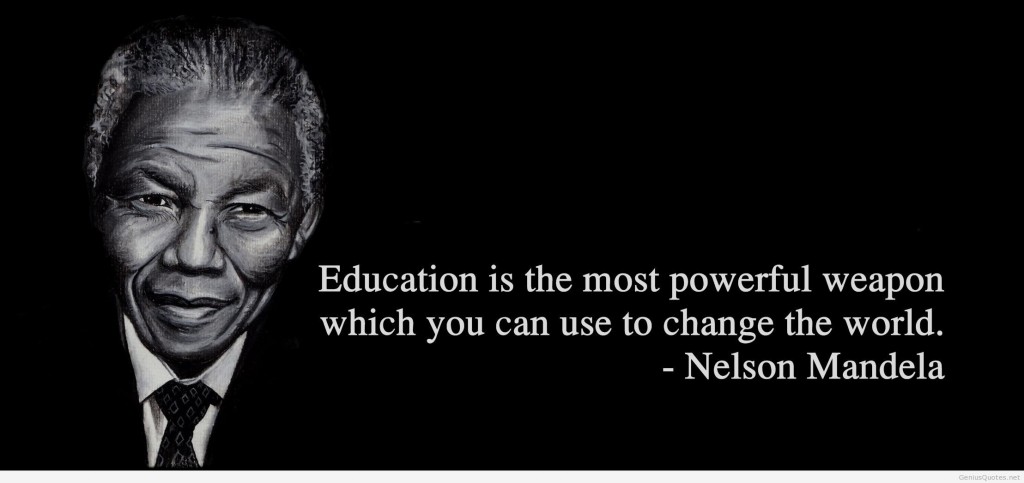




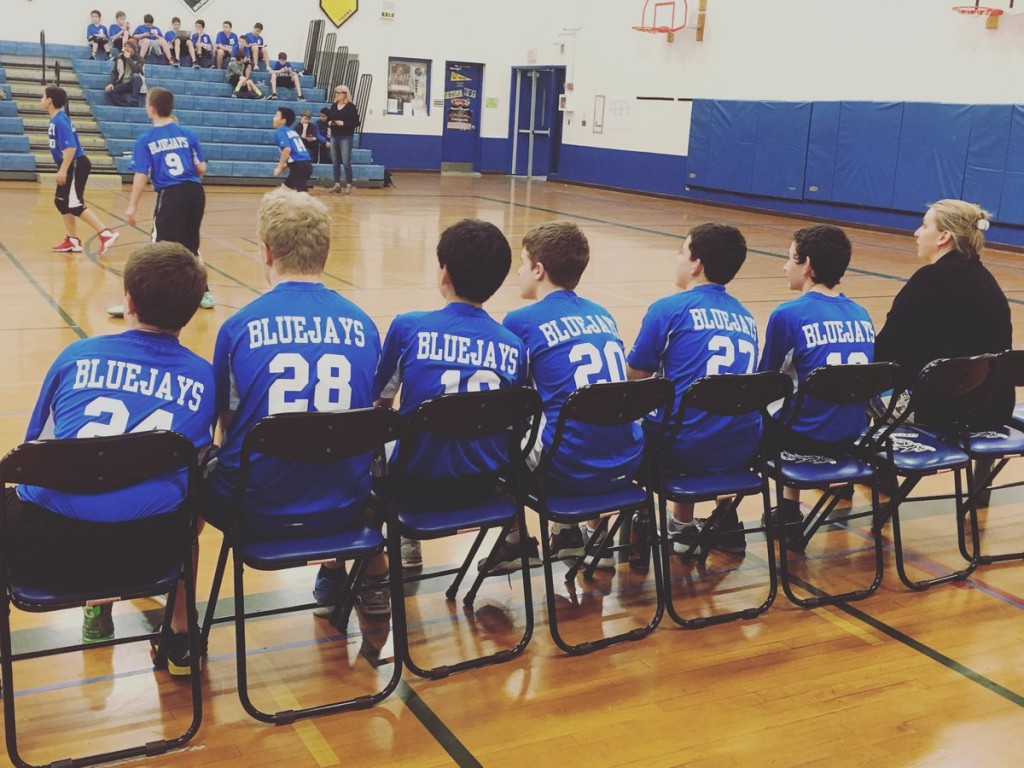







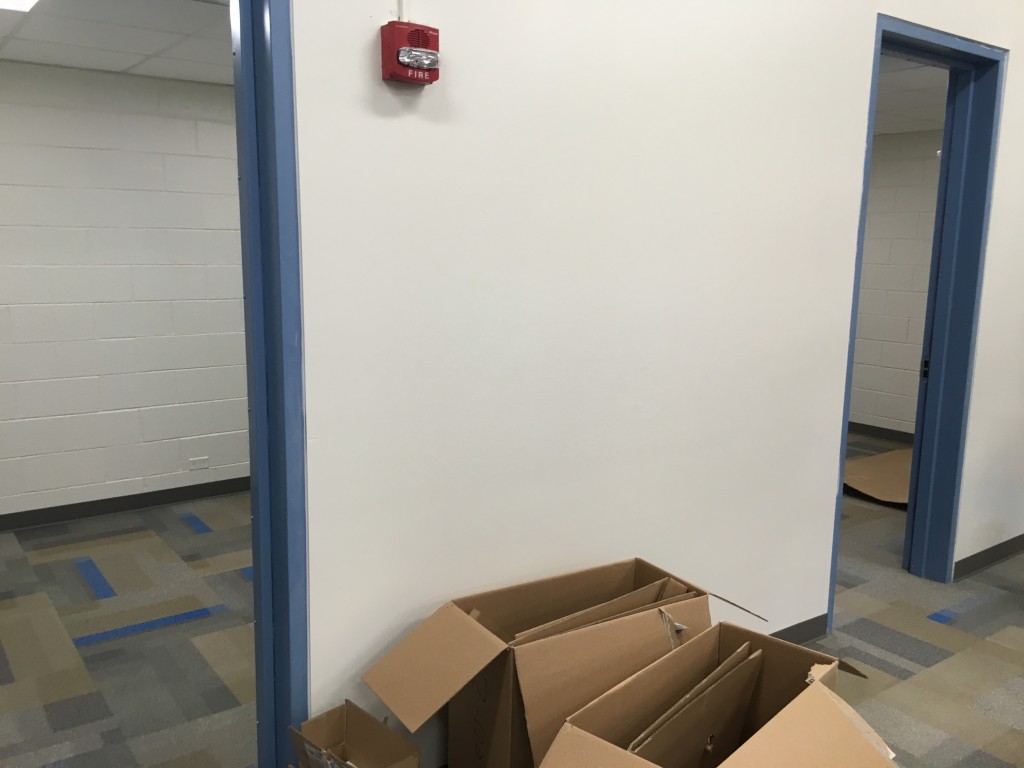




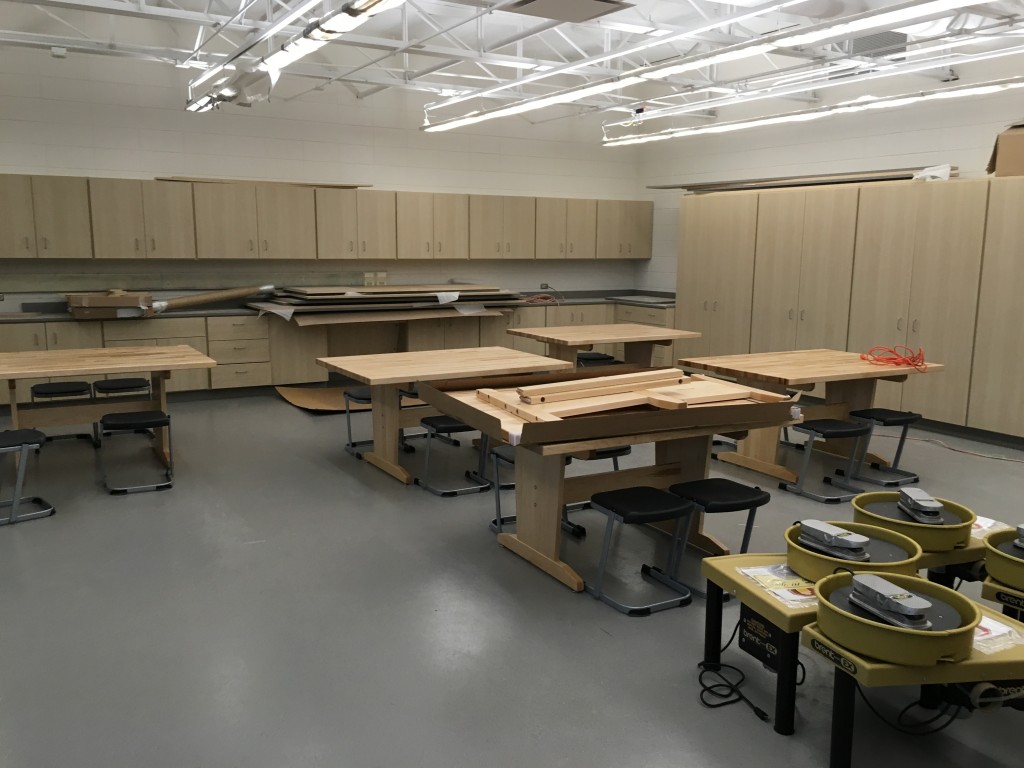
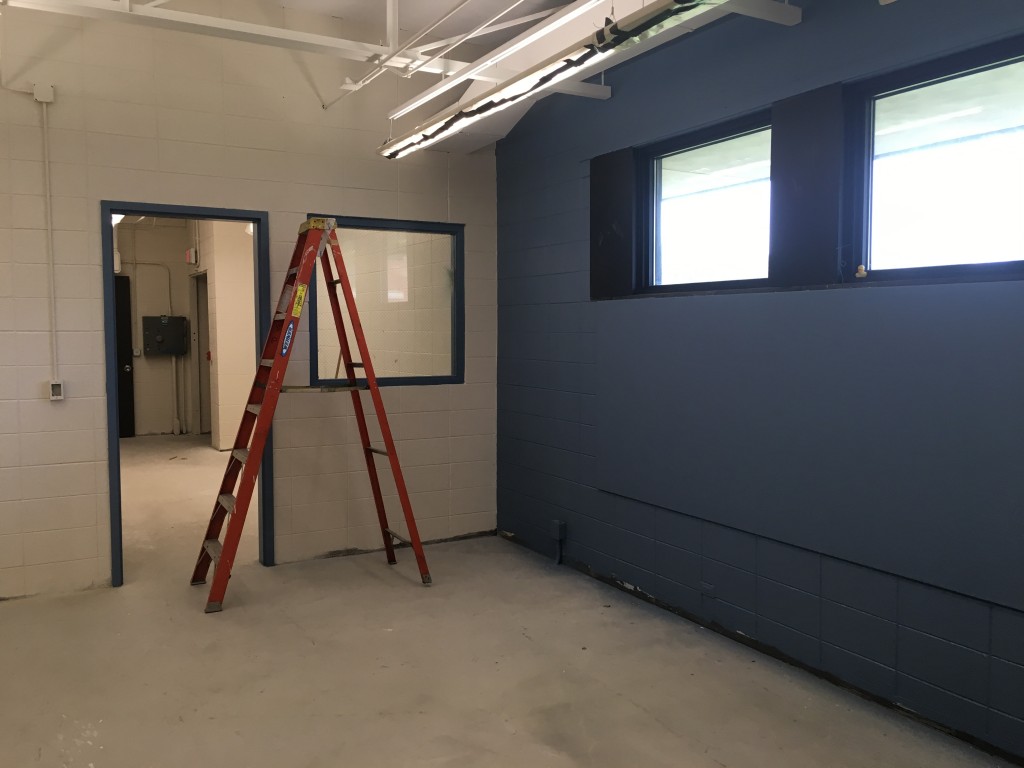
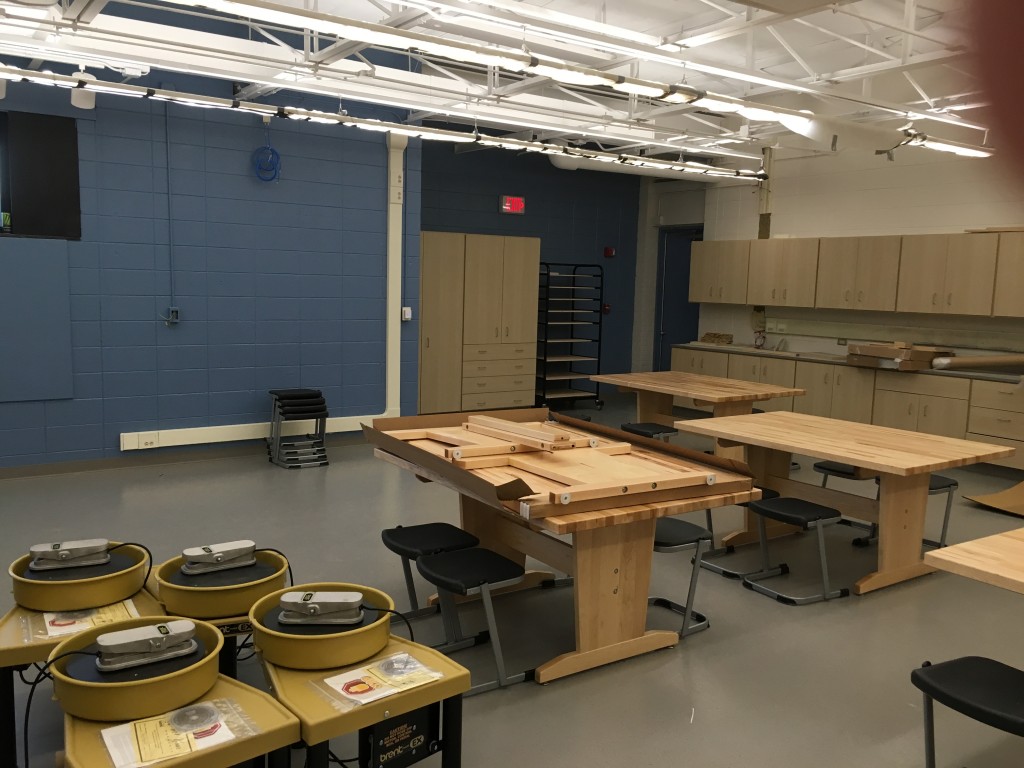
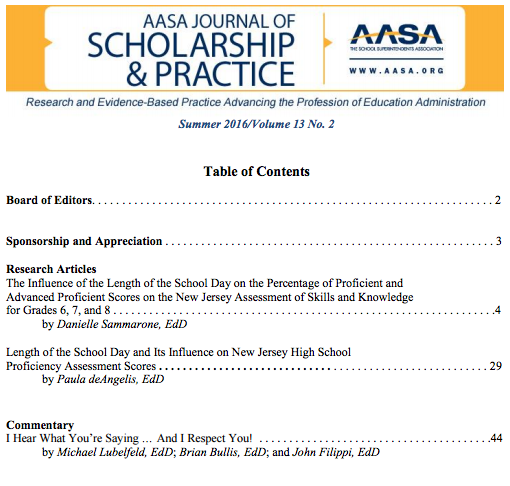
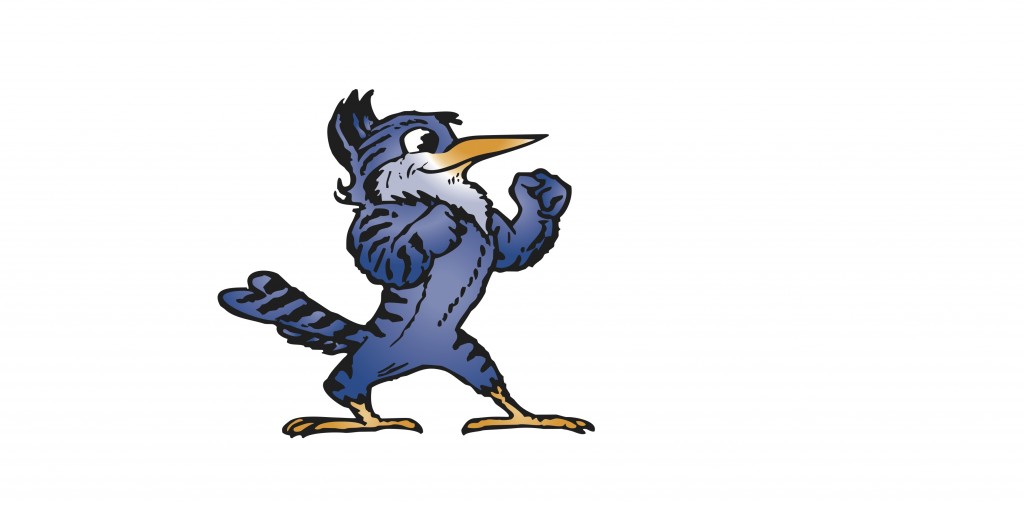
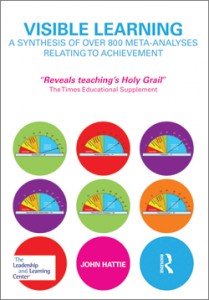

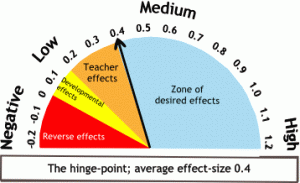






Recent Comments